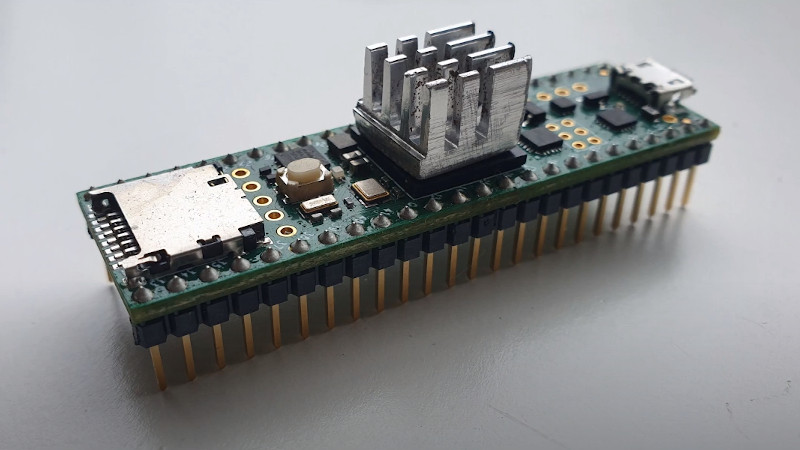How to overclock RAM on Windows 11; Should you?
RAM, like the CPU, is one of the components that determines your experience when using your PC. RAM modules are usually advertised at an overclocked speed. So, even if you buy brand new or used ones, your motherboard might not run them at full speed. I… Continue reading How to overclock RAM on Windows 11; Should you?
